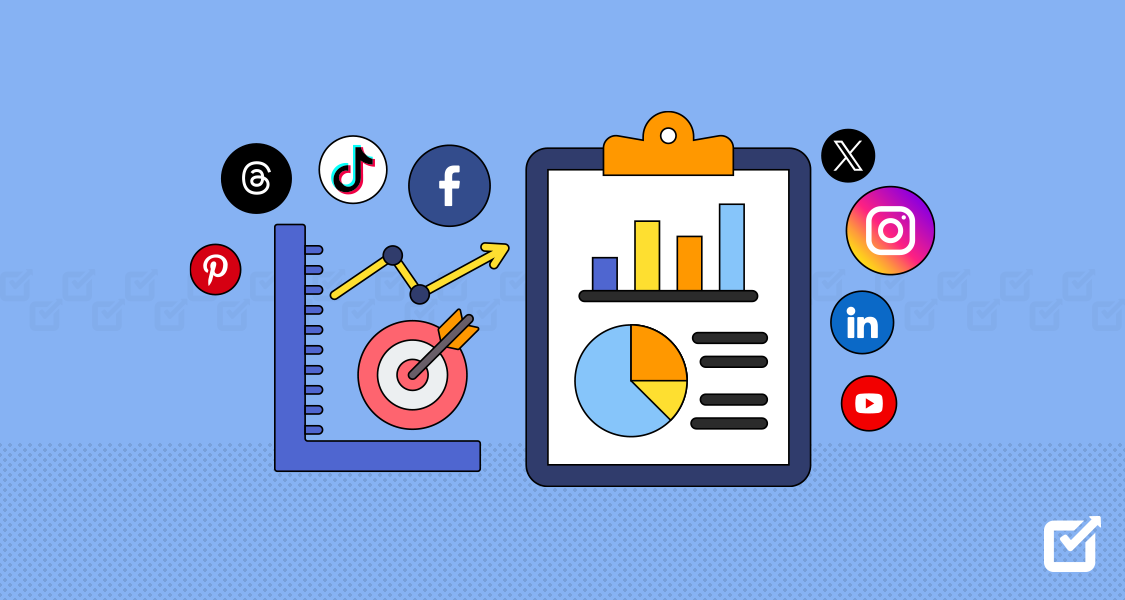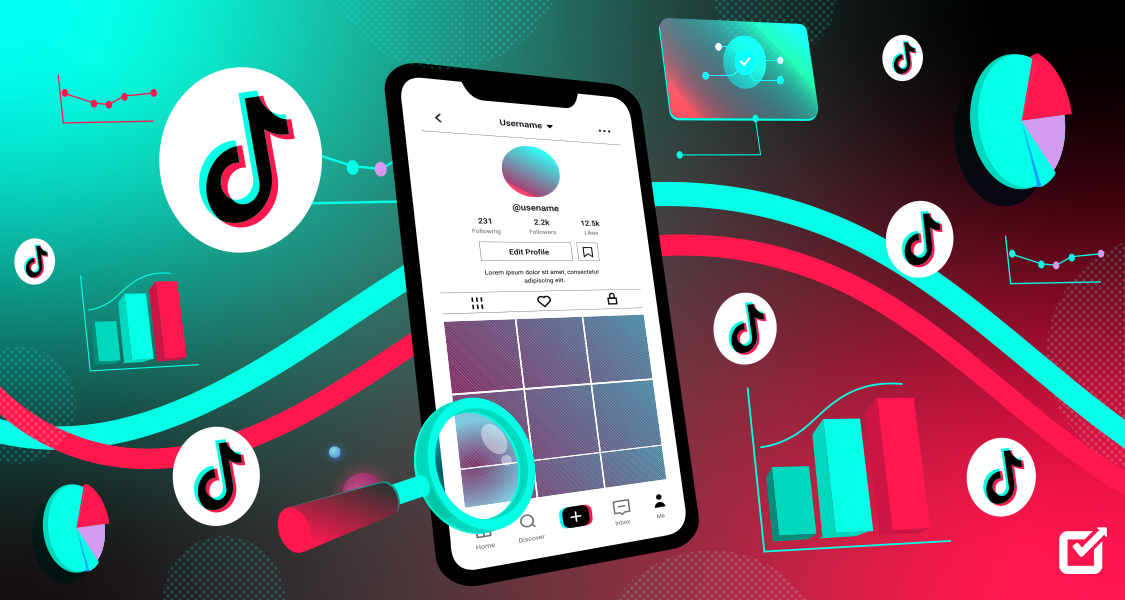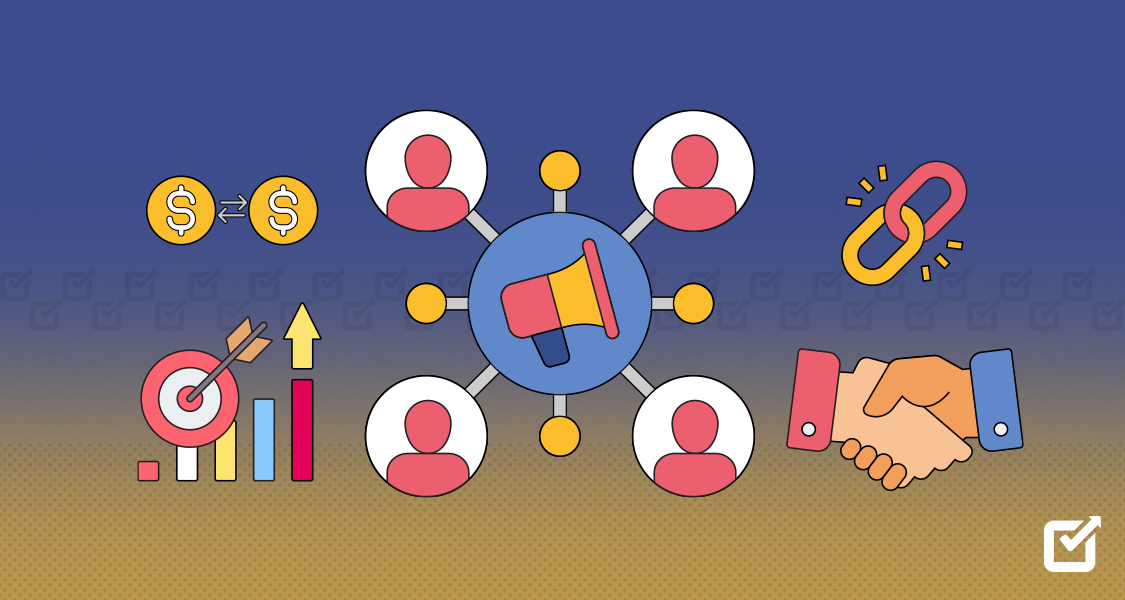With over 2.96 billion monthly active users, Facebook remains a powerhouse for businesses looking to grow.
But when it comes to promoting your content, the burning question is: Should you click “Boost Post” or invest in Facebook Ads?
The choice isn’t just about convenience—it’s about results.
While boosted posts are quick and simple, offering a fast way to increase reach, Facebook Ads provide advanced targeting, detailed analytics, and higher ROI potential.
In this guide, we’ll break down all about Boost Post vs Facebook Ads, their differences, benefits, and when to use each strategy in 2025.
If you’re ready to maximize your Facebook marketing budget and achieve better results, let’s dive in!

Ready to take your social media game to the next level? Try Social Champ.
Combine your organic content strategy with boosted posts seamlessly and manage all your campaigns from a single dashboard.
Visit Now!
Short Summary
- Boosted posts are a simple way to turn a regular Facebook post into a paid ad to reach a larger audience quickly.
- They are user-friendly, with basic targeting options like age, location, and interests, making them ideal for small campaigns or businesses new to advertising.
- Boosting works best for amplifying high-performing organic posts, promoting time-sensitive offers, or increasing brand awareness.
- Facebook Ads, managed through Ads Manager, offer advanced targeting, multiple ad formats, and flexible campaign objectives like conversions or lead generation.
- Facebook Ads provide detailed analytics and customization, making them a better option for strategic, data-driven marketing goals.
- Boosted posts are cost-effective and easy to set up but have limited customization, objectives, and performance tracking compared to Facebook Ads.
- Choosing between Boosted Posts and Facebook Ads depends on your goals, with Boosted Posts focusing on quick visibility and engagement and Facebook Ads offering a broader scope for long-term results.
What Is a Boosted Post?
A boosted post is a Facebook advertising option that lets you turn a regular post on your page into a paid ad to reach a wider audience.
Unlike standard ads created in Facebook Ads Manager, Boosted Posts are simplified and designed for quick setup.
This feature is ideal for businesses and individuals looking to increase the visibility of their content without navigating complex advertising tools.
By boosting, your post can appear in more feeds, attract more engagement, and bring in new followers or customers with minimal effort.
Boosting is a great way to amplify posts that are already performing well organically, allowing you to drive further engagement without creating a new ad from scratch.
It’s also customizable, letting you define basic targeting criteria like age, gender, location, and interests.
You can set a budget and duration for the boosted post, which Facebook will then use to show your content to an audience likely to engage with it.
While it’s a straightforward method, a boosted post has limited targeting options and fewer objectives compared to a full ad campaign, which may restrict how effectively it can support long-term business goals.
What Are Facebook Ads?
Facebook Ads are a versatile and powerful advertising tool on Facebook that allows businesses to promote products, services, or content to a highly targeted audience.
Unlike Boosted Posts, which promote existing posts with limited customization, Facebook Ads offer advanced targeting, multiple ad formats, and flexible objectives.
With Facebook Ads, you can create tailored campaigns aimed at specific goals, such as brand awareness, lead generation, conversions, or app installs.

One of the key advantages of Facebook Ads is the ability to control audience targeting and customization.
Advertisers can target users based on demographics, interests, behaviors, location, and even lookalike audiences—people similar to existing customers.
With detailed performance analytics, Facebook Ads also allow businesses to measure and optimize campaigns in real time, making it easy to track metrics like reach, engagement, and conversion rates.
Boost Post vs Facebook Ads: Key Differences
When it comes to promoting content on Facebook, businesses have two main options: Boost Post and Facebook Ads.
While both allow you to extend the reach of your posts and engage with a larger audience, they cater to different needs and offer varying levels of control.
Understanding the differences between boost post vs Facebook ads is essential for selecting the right option to meet your marketing goals.
Boost Post
A Boost Post is a straightforward way to extend the reach of a post that’s already been shared on your Facebook page.
You simply select an existing post, click on the “Boost Post” button, and choose basic targeting options such as age, location, and interests.
The goal of a Boosted Post is to increase visibility, drive engagement, and get your content in front of more people quickly.
While it’s user-friendly and easy to set up, Boost Post vs ads Facebook reveals that Boosted Posts offer limited customization options, especially for more complex marketing objectives like lead generation or conversions.

Boost Post Option on Facebook Facebook Ads
Facebook Ads, on the other hand, provides a much more comprehensive and customizable advertising experience through Facebook Ads Manager.
With Facebook Ads, you can create ads with specific objectives, such as driving website traffic, generating leads, or boosting app installs.
The targeting options are more advanced, allowing you to narrow down your audience based on demographics, behaviors, and interests.
Additionally, Facebook Ads support a variety of formats, including carousel ads, video ads, and collection ads, giving you more creative flexibility.
This makes Facebook Ads the preferred choice for businesses looking for a strategic, data-driven approach to advertising.
Facebook Ads Manager vs Boost Post
When comparing Facebook Ads Manager vs Boost Post, the primary distinction lies in the depth of control and targeting.
Facebook Ads Manager offers detailed campaign management, including tracking and optimization tools, while Boost Post is a simplified option aimed at users who need quick results with minimal effort.
If you’re looking to run a targeted, high-impact campaign with measurable outcomes, Facebook Ads are the way to go.
But a Boost Post might be more suitable for businesses looking to engage quickly with a broader audience.
One of the key benefits of using the Boost Post feature is that you can do it directly through platforms like Social Champ.
This eliminates the need to navigate the complexities of an ad manager. Instead, you can effortlessly create a post, customize the boost settings, and schedule it—all within Social Champ.


Boost Smarter, Not Harder!
Simplify your Instagram and Facebook ad strategy with Social Champ. Create, customize, and schedule boosted posts—all in one place!
Featured Article: The Best Times to Post on Facebook in 2024: Ways, Hours, & Tools
When to Use Boosted Posts
Boosted posts are an excellent tool for businesses looking to quickly increase the visibility and reach of a specific post on Facebook.
They are ideal for engaging with a larger audience without the complexity of creating full-scale ad campaigns.
Here are some scenarios where boosting posts can be especially effective:
To Increase Engagement on Popular Posts
If you have a post that’s already performing well organically, boosting it can help you reach more people who are likely to engage with it.
Whether it’s a promotion, a special offer, or a piece of content that’s gaining traction, boosting ensures that the post reaches beyond your current followers to a wider, targeted audience.

A Boosted Post by Washington Post To Promote Time-Sensitive Offers
If you have a limited-time offer or a flash sale, boosting a post can help you create urgency and get your message in front of more people in a short amount of time.
This is perfect for businesses that need immediate results and want to make sure as many people as possible are aware of the offer before it expires.
To Increase Brand Awareness
If you’re a new business or launching a new product or service, boosting posts can help you build brand awareness quickly.
By boosting content like introductions, product showcases, or company updates, you can ensure that your message reaches a broader audience who may not have seen it otherwise.

A Boosted Post by Madys Clothing To Engage With Your Local Community
For small businesses with a local focus, boosting posts can help target a specific geographic area.
This is especially useful for promoting events, store openings, or services tailored to a particular location.
Boosting ensures your content appears in the feeds of users who are most likely to be nearby and interested in what you have to offer.
While boosting posts is easy and effective for these types of campaigns, using a social media management tool can streamline the process.
Pros and Cons of Boosting Posts
Boosting posts on Facebook is a popular option for businesses looking to extend the reach of their content quickly and easily.
It’s a simple way to amplify your posts without diving into the complexities of full-fledged Facebook ads.
However, there are both benefits and drawbacks to using boosted posts.
Let’s explore the pros and cons of boosting posts to help you decide if it’s the right strategy for your marketing goals.
Pros of Boosting Posts
- Easy to Use
One of the most significant advantages of boosting posts is its simplicity. With just a few clicks, you can boost an existing post and start reaching a wider audience.
There’s no need to create a completely new ad from scratch, making it an accessible option for businesses of all sizes, especially those with limited ad experience.
- Quick Results
Boosted posts can provide immediate results. Whether you’re looking to increase engagement, promote a time-sensitive offer, or raise brand awareness,it helps you reach a larger audience quickly, which is ideal for campaigns that need to generate attention in a short period. - Targeting Options
While not as advanced as Facebook Ads, boosted posts still allow you to target audiences based on location, age, interests, and other demographics.This level of targeting ensures that your boosted content reaches people who are most likely to engage with it, increasing the chances of achieving your campaign objectives. - Cost-effective for Small Campaigns
For businesses with limited budgets or those testing a new strategy, boosted posts can be a cost-effective option.The ability to set a specific budget for each boosted post helps businesses control spending while still gaining visibility.
Cons of Boosting Posts
- Limited Customization and Features
Boosted posts offer fewer customization options compared to Facebook Ads.
While you can target certain demographics, boosted posts cannot create complex ad formats, track detailed performance metrics, and use advanced targeting options like retargeting or custom audiences. - Limited Campaign Objectives
With boosted posts, your goals are restricted to engagement, website clicks, or post likes.You don’t have the flexibility to create more specific objectives like lead generation or conversions, which are essential for more sophisticated marketing strategies. - Less Control Over Performance Metrics
When boosting posts, you have limited insights into how your campaign is performing beyond basic metrics like reach, likes, and shares.For businesses seeking more detailed analysis, such as conversion tracking or A/B testing, Facebook Ads offer much more in-depth reporting and optimization tools. - Higher Cost for Larger Campaigns
While boosted posts can be cost-effective for small campaigns, they may not be the best option for businesses looking to run larger, more complex campaigns.As your audience grows, the cost of boosting posts can increase quickly, and you may not achieve the same ROI as with more advanced Facebook Ads.
Pros and Cons of Facebook Ads
Facebook Ads have become a powerful tool for businesses to reach a targeted audience and achieve various marketing goals.
With its advanced targeting options and comprehensive campaign management features, Facebook Ads allow businesses to create highly customized ad campaigns.
However, like any advertising platform, Facebook Ads come with their own set of advantages and challenges.
Let’s take a closer look at the pros and cons of Facebook Ads to help you determine if they’re the right fit for your business.
Pros of Facebook Ads
- Advanced Targeting Options
One of the most significant benefits of Facebook Ads is the platform’s advanced targeting capabilities. You can target users based on a wide range of factors, including demographics, location, interests, behaviors, and even custom audiences.
This allows businesses to ensure that their ads are shown to the most relevant people, leading to more effective and efficient campaigns. - Wide Range of Ad Formats
Facebook offers a variety of ad formats, including image ads, video ads, carousel ads, and slideshow ads, giving businesses the flexibility to choose the format that best suits their objectives.Whether you’re showcasing products, sharing video content, or running interactive ads, Facebook Ads give you the tools to create engaging content in multiple ways. - Detailed Analytics and Reporting
With Facebook Ads, businesses have access to in-depth analytics and reporting features that provide insights into campaign performance.Metrics like impressions, clicks, conversions, and return on ad spend (ROAS) allow advertisers to optimize campaigns in real time. This level of data helps businesses make informed decisions about their marketing strategies and improve results over time. - Flexible Budgeting and Scalability
Facebook Ads allow businesses to set flexible budgets for their campaigns, whether daily or lifetime. You can start with a small budget and scale up as you see results, making it suitable for both small businesses and large enterprises.This flexibility ensures you have control over your spending while still reaching your target audience effectively.
Cons of Facebook Ads
- Complexity of Setup and Management
While Facebook Ads provide powerful tools, they can also be overwhelming for beginners.Setting up campaigns, choosing objectives, selecting the right audience, and managing multiple ad sets can require a steep learning curve, especially for businesses that are new to Facebook advertising. It may take some time to become familiar with the platform’s features and optimize campaigns effectively. - Increased Competition and Cost
As more businesses invest in Facebook Ads, competition for ad space increases, which can drive up the cost of ads, particularly in popular industries.As bidding becomes more competitive, the cost per click (CPC) or cost per impression (CPM) may rise, impacting the return on investment (ROI). Businesses need to optimize their ads to ensure cost-efficiency continually. - Ad Fatigue and Declining Engagement
With the sheer volume of ads on Facebook, there’s a risk of ad fatigue, where your target audience becomes less responsive to repeated ads. To combat this, businesses need to continuously refresh their creative, targeting, and messaging to maintain engagement and avoid oversaturation.
Conclusion
Both boost post vs Facebook ads offer unique advantages depending on your marketing goals and the level of control you seek over your campaigns.
While boosted posts are a quick and easy way to increase reach and engagement with minimal effort, Facebook Ads provide greater flexibility, advanced targeting, and in-depth analytics for businesses aiming to drive specific outcomes like lead generation or conversions.
Understanding the key differences between these two options will help you make an informed decision about which method best meets your objectives.













